Introduction
International large-cap value ETFs offer investors access to established global companies that are considered undervalued based on fundamental metrics like price-to-earnings ratios and dividend yields. These funds provide exposure to firms across developed and emerging markets, allowing investors to diversify beyond domestic stocks while capitalizing on international opportunities. This article explores the characteristics of international large-cap value ETFs, evaluates key selection criteria, highlights leading funds, and examines strategies for integrating them into a diversified investment approach.
Defining Large-Cap Value ETFs
Large-cap stocks are companies with substantial market capitalization, typically exceeding billions of dollars. These firms are well-established, financially stable, and often industry leaders. Large-cap stocks tend to have lower volatility compared to mid-cap or small-cap stocks. They are commonly included in major indices such as the S&P 500 and MSCI World Index, providing broad market exposure. Value investing focuses on identifying stocks that are undervalued based on fundamental metrics such as price-to-earnings ratios, book value, and dividend yields.
Unlike growth investing, which targets companies with high revenue expansion potential, value investing emphasizes stocks that trade below their intrinsic worth. Large-cap value ETFs invest in companies that exhibit strong financial health but may be temporarily overlooked by the market. Investing in large-cap value companies across global markets enhances portfolio diversification and reduces risk associated with regional economic fluctuations. International large-cap value ETFs allow investors to access undervalued stocks in developed and emerging markets, benefiting from different economic cycles.
Key Criteria for Evaluating International Large-Cap Value ETFs
Evaluating international large-cap value ETFs requires analyzing key performance metrics, including historical returns and volatility. These funds typically invest in undervalued companies with strong fundamentals, aiming for steady growth over time. Volatility measures the degree of price fluctuations, helping investors determine risk levels. Comparing an ETF’s performance against relevant benchmarks, such as the MSCI World Value Index, provides insight into its effectiveness. Expense ratios and fund costs are critical factors in selecting an ETF. Lower expense ratios allow investors to retain more of their returns over time.
While passive ETFs generally have lower fees, actively managed funds may justify higher costs through strategic stock selection and risk management. Sector and geographic diversification influence an ETF’s risk exposure and growth potential. Sector allocations vary, with certain ETFs emphasizing financials, healthcare, or consumer goods. Liquidity and trading volume ensure smooth transactions, minimizing price discrepancies and allowing investors to enter or exit positions efficiently.
Top International Large-Cap Value ETFs
Several international large-cap value ETFs provide investors with exposure to undervalued companies across global markets. Some of the leading funds in this category include the iShares MSCI EAFE Value ETF, Schwab Fundamental International Large Company Index ETF, and Vanguard International High Dividend Yield Index Fund ETF. These ETFs focus on developed markets. When comparing holdings, expense ratios, and market performance, iShares MSCI EAFE Value ETF has the largest asset base, with over 21.64 billion in total assets and an expense ratio of 0.34 percent.
Schwab Fundamental International Large Company Index ETF, managed by Charles Schwab, has a lower expense ratio of 0.25 percent, making it a cost-effective option. Vanguard International High Dividend Yield Index Fund ETF, offered by Vanguard, emphasizes high-dividend stocks, with an expense ratio of 0.22 percent, making it one of the most affordable choices. Each ETF has a unique sector allocation. The strengths and weaknesses of these ETFs depend on investor priorities.
Regional Considerations in Large-Cap Value ETFs
Large-cap value ETFs vary in their geographic focus, with some targeting developed markets while others include emerging economies. ETFs focused on developed markets provide exposure to established companies in regions like Europe, Japan, and Australia. These funds tend to offer stability and lower volatility compared to emerging market ETFs. Sector allocations differ across regions. In contrast, emerging market value ETFs may allocate more assets to energy, materials, and industrials, benefiting from infrastructure development and resource demand. Economic trends play a crucial role in shaping ETF performance across different regions. Interest rate policies, inflation levels, regulations, and trade agreements impact the valuation of large-cap value stocks. Currency fluctuations also affect international ETFs, as exchange rate movements can enhance or diminish returns.
Risk Factors Associated with International Large-Cap Value ETFs
Currency fluctuations and foreign exchange risk are significant concerns for investors in international large-cap value ETFs. Some ETFs use currency hedging strategies to mitigate this risk, but hedging can add costs and affect overall performance. Geopolitical and economic instability can influence the performance of international large-cap value ETFs. Countries with unstable political environments or weak economic fundamentals may experience heightened volatility, impacting ETF returns. Market correlation and downturns present additional challenges for international large-cap value ETFs. While diversification across multiple regions can reduce risk, global markets often move in tandem during economic crises. Varying tax policies, accounting standards, and compliance requirements can create complexities for investors.
Tax Implications of Investing in International Large-Cap Value ETFs
Taxation on international large-cap value ETFs varies depending on the investor’s country of residence and the fund’s domicile. Investors holding international ETFs may face different tax treatments compared to domestic funds, including potential foreign withholding taxes on dividends. Some countries offer tax treaties that reduce withholding rates, while others impose higher taxes on foreign investment income. Many international ETFs distribute dividends from companies based in different countries, and these dividends may be subject to withholding taxes before reaching investors.
The withholding rate depends on the country where the ETF is domiciled and the investor’s tax jurisdiction. Strategies for tax-efficient investing in global ETFs include holding funds in tax-advantaged accounts, such as IRAs or 401(k)s, to defer taxes on dividends and capital gains. Additionally, tax-loss harvesting, the selling underperforming assets to offset taxable gains, can help reduce overall tax burdens.
Strategies for Selecting the Best International Large-Cap Value ETF
Selecting the best international large-cap value ETF requires aligning investment choices with financial goals and risk tolerance. Evaluating an ETF’s sector composition, dividend yield, and historical performance helps determine whether it fits within an investor’s broader portfolio strategy. Combining international ETFs with domestic funds can enhance diversification and reduce risk. Investors can also use ETFs to gain exposure to specific regions or sectors based on market trends. Additionally, choosing between active and passive investment approaches depends on individual preferences.
Future Trends in Large-Cap Value ETFs
Emerging markets are expected to play a growing role in large-cap value investing as economies develop and corporate governance improves. Many undervalued companies in regions such as Asia, Latin America, and Eastern Europe are gaining investor attention due to their potential for long-term growth. As these markets mature, large-cap value ETFs may increasingly allocate towards them. Shifting economic dynamics influence the performance of global ETFs, including large-cap value funds. Interest rate policies, inflation trends, regulations, and geopolitical events impact investor sentiment and stock valuations. Technological advancements are also affecting international markets and large-cap value investing.
Conclusion
International large-cap value ETFs provide investors with a diversified approach to accessing undervalued companies across global markets. By evaluating factors such as sector allocations, expense ratios, and performance metrics, investors can select funds that align with their financial objectives and risk tolerance. While these ETFs offer exposure to both developed and emerging economies, they also come with challenges like currency fluctuations, geopolitical risks, and regulatory differences.
Strategic planning, including tax-efficient investing and diversification with domestic funds, can enhance portfolio stability and optimize returns. As economic dynamics evolve and new opportunities arise, international large-cap value ETFs remain a compelling option for investors seeking long-term growth through a disciplined value-investing approach.

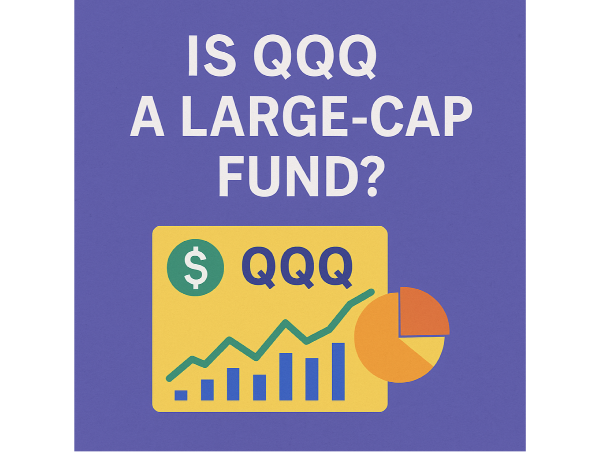
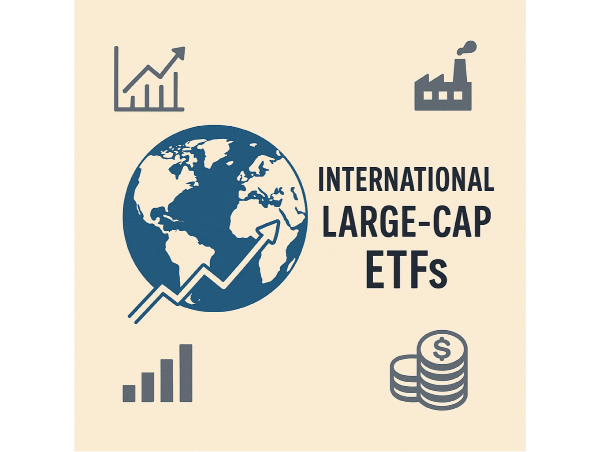
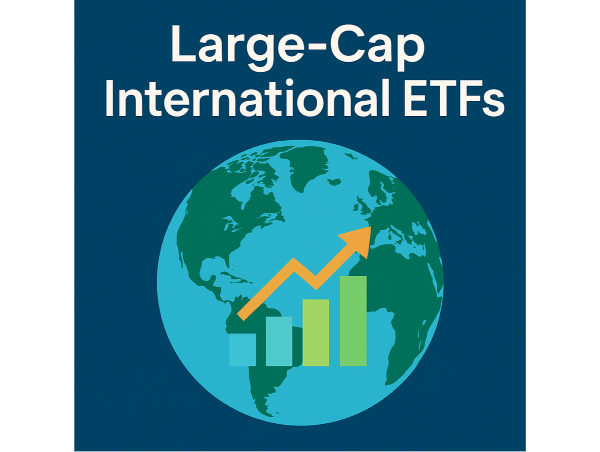
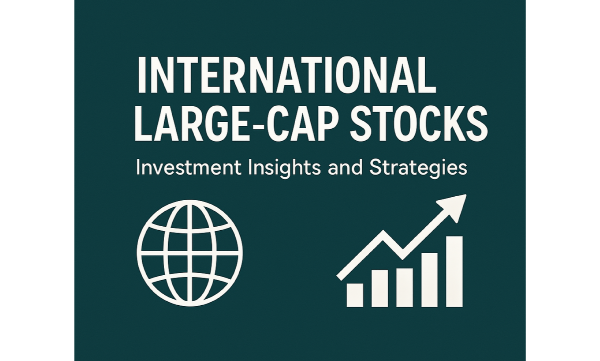

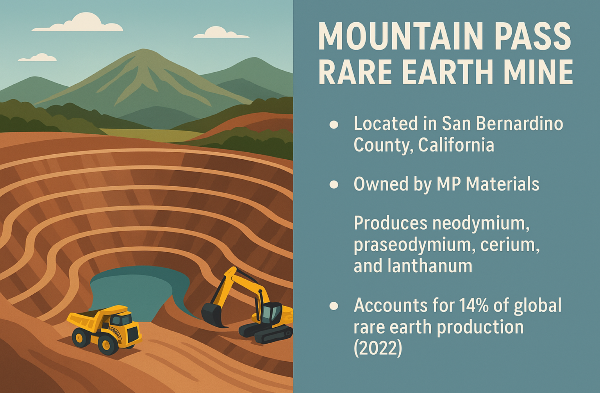
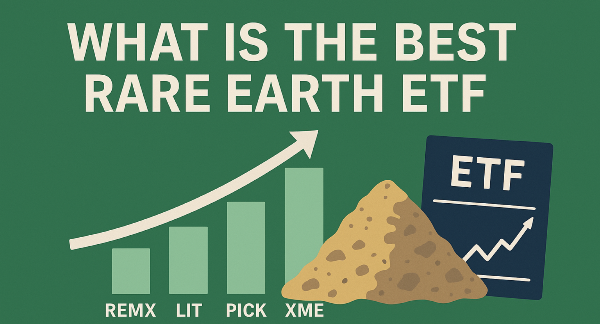



















Introduction
International large-cap value ETFs offer investors access to established global companies that are considered undervalued based on fundamental metrics like price-to-earnings ratios and dividend yields. These funds provide exposure to firms across developed and emerging markets, allowing investors to diversify beyond domestic stocks while capitalizing on international opportunities. This article explores the characteristics of international large-cap value ETFs, evaluates key selection criteria, highlights leading funds, and examines strategies for integrating them into a diversified investment approach.
Defining Large-Cap Value ETFs
Large-cap stocks are companies with substantial market capitalization, typically exceeding billions of dollars. These firms are well-established, financially stable, and often industry leaders. Large-cap stocks tend to have lower volatility compared to mid-cap or small-cap stocks. They are commonly included in major indices such as the S&P 500 and MSCI World Index, providing broad market exposure. Value investing focuses on identifying stocks that are undervalued based on fundamental metrics such as price-to-earnings ratios, book value, and dividend yields.
Unlike growth investing, which targets companies with high revenue expansion potential, value investing emphasizes stocks that trade below their intrinsic worth. Large-cap value ETFs invest in companies that exhibit strong financial health but may be temporarily overlooked by the market. Investing in large-cap value companies across global markets enhances portfolio diversification and reduces risk associated with regional economic fluctuations. International large-cap value ETFs allow investors to access undervalued stocks in developed and emerging markets, benefiting from different economic cycles.
Key Criteria for Evaluating International Large-Cap Value ETFs
Evaluating international large-cap value ETFs requires analyzing key performance metrics, including historical returns and volatility. These funds typically invest in undervalued companies with strong fundamentals, aiming for steady growth over time. Volatility measures the degree of price fluctuations, helping investors determine risk levels. Comparing an ETF’s performance against relevant benchmarks, such as the MSCI World Value Index, provides insight into its effectiveness. Expense ratios and fund costs are critical factors in selecting an ETF. Lower expense ratios allow investors to retain more of their returns over time.
While passive ETFs generally have lower fees, actively managed funds may justify higher costs through strategic stock selection and risk management. Sector and geographic diversification influence an ETF’s risk exposure and growth potential. Sector allocations vary, with certain ETFs emphasizing financials, healthcare, or consumer goods. Liquidity and trading volume ensure smooth transactions, minimizing price discrepancies and allowing investors to enter or exit positions efficiently.
Top International Large-Cap Value ETFs
Several international large-cap value ETFs provide investors with exposure to undervalued companies across global markets. Some of the leading funds in this category include the iShares MSCI EAFE Value ETF, Schwab Fundamental International Large Company Index ETF, and Vanguard International High Dividend Yield Index Fund ETF. These ETFs focus on developed markets. When comparing holdings, expense ratios, and market performance, iShares MSCI EAFE Value ETF has the largest asset base, with over 21.64 billion in total assets and an expense ratio of 0.34 percent.
Schwab Fundamental International Large Company Index ETF, managed by Charles Schwab, has a lower expense ratio of 0.25 percent, making it a cost-effective option. Vanguard International High Dividend Yield Index Fund ETF, offered by Vanguard, emphasizes high-dividend stocks, with an expense ratio of 0.22 percent, making it one of the most affordable choices. Each ETF has a unique sector allocation. The strengths and weaknesses of these ETFs depend on investor priorities.
Regional Considerations in Large-Cap Value ETFs
Large-cap value ETFs vary in their geographic focus, with some targeting developed markets while others include emerging economies. ETFs focused on developed markets provide exposure to established companies in regions like Europe, Japan, and Australia. These funds tend to offer stability and lower volatility compared to emerging market ETFs. Sector allocations differ across regions. In contrast, emerging market value ETFs may allocate more assets to energy, materials, and industrials, benefiting from infrastructure development and resource demand. Economic trends play a crucial role in shaping ETF performance across different regions. Interest rate policies, inflation levels, regulations, and trade agreements impact the valuation of large-cap value stocks. Currency fluctuations also affect international ETFs, as exchange rate movements can enhance or diminish returns.
Risk Factors Associated with International Large-Cap Value ETFs
Currency fluctuations and foreign exchange risk are significant concerns for investors in international large-cap value ETFs. Some ETFs use currency hedging strategies to mitigate this risk, but hedging can add costs and affect overall performance. Geopolitical and economic instability can influence the performance of international large-cap value ETFs. Countries with unstable political environments or weak economic fundamentals may experience heightened volatility, impacting ETF returns. Market correlation and downturns present additional challenges for international large-cap value ETFs. While diversification across multiple regions can reduce risk, global markets often move in tandem during economic crises. Varying tax policies, accounting standards, and compliance requirements can create complexities for investors.
Tax Implications of Investing in International Large-Cap Value ETFs
Taxation on international large-cap value ETFs varies depending on the investor’s country of residence and the fund’s domicile. Investors holding international ETFs may face different tax treatments compared to domestic funds, including potential foreign withholding taxes on dividends. Some countries offer tax treaties that reduce withholding rates, while others impose higher taxes on foreign investment income. Many international ETFs distribute dividends from companies based in different countries, and these dividends may be subject to withholding taxes before reaching investors.
The withholding rate depends on the country where the ETF is domiciled and the investor’s tax jurisdiction. Strategies for tax-efficient investing in global ETFs include holding funds in tax-advantaged accounts, such as IRAs or 401(k)s, to defer taxes on dividends and capital gains. Additionally, tax-loss harvesting, the selling underperforming assets to offset taxable gains, can help reduce overall tax burdens.
Strategies for Selecting the Best International Large-Cap Value ETF
Selecting the best international large-cap value ETF requires aligning investment choices with financial goals and risk tolerance. Evaluating an ETF’s sector composition, dividend yield, and historical performance helps determine whether it fits within an investor’s broader portfolio strategy. Combining international ETFs with domestic funds can enhance diversification and reduce risk. Investors can also use ETFs to gain exposure to specific regions or sectors based on market trends. Additionally, choosing between active and passive investment approaches depends on individual preferences.
Future Trends in Large-Cap Value ETFs
Emerging markets are expected to play a growing role in large-cap value investing as economies develop and corporate governance improves. Many undervalued companies in regions such as Asia, Latin America, and Eastern Europe are gaining investor attention due to their potential for long-term growth. As these markets mature, large-cap value ETFs may increasingly allocate towards them. Shifting economic dynamics influence the performance of global ETFs, including large-cap value funds. Interest rate policies, inflation trends, regulations, and geopolitical events impact investor sentiment and stock valuations. Technological advancements are also affecting international markets and large-cap value investing.
Conclusion
International large-cap value ETFs provide investors with a diversified approach to accessing undervalued companies across global markets. By evaluating factors such as sector allocations, expense ratios, and performance metrics, investors can select funds that align with their financial objectives and risk tolerance. While these ETFs offer exposure to both developed and emerging economies, they also come with challenges like currency fluctuations, geopolitical risks, and regulatory differences.
Strategic planning, including tax-efficient investing and diversification with domestic funds, can enhance portfolio stability and optimize returns. As economic dynamics evolve and new opportunities arise, international large-cap value ETFs remain a compelling option for investors seeking long-term growth through a disciplined value-investing approach.